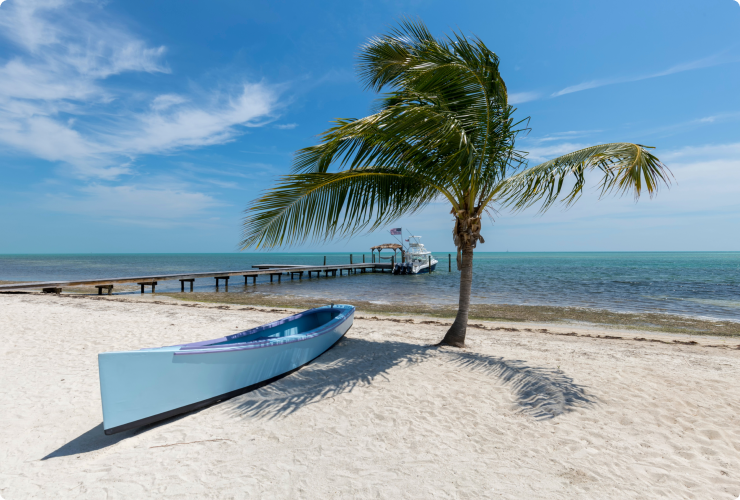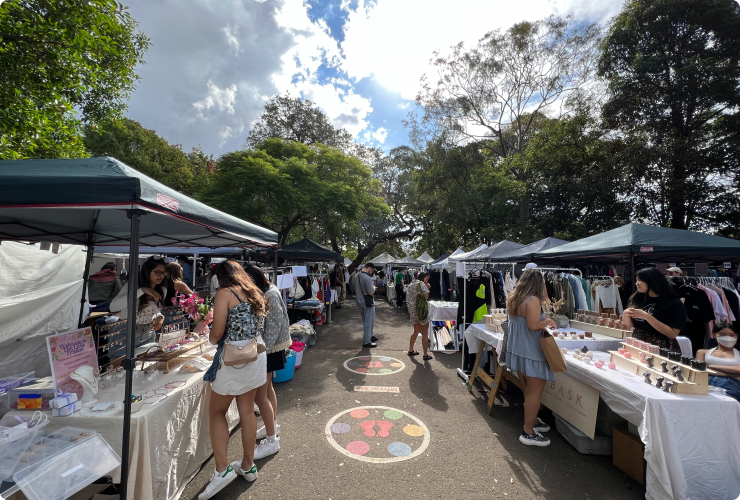Shabran, located in Azerbaijan, is a destination rich in historical, cultural, and natural wonders. With its picturesque villages, ancient history, and renowned health resorts, Shabran offers a unique blend of experiences for visitors.

Nestled in the foothills of the Greater Caucasus Mountains, the villages of Pirabadil and Zeyva boast a unique climate that is dry and mild compared to the center of Shabran. The Zeyva-Zaghli tourist zone, encompassing these villages, is characterized by its lush forests and mountainous landscapes. Natural resources abound, including pristine lakes, rivers, healing sulphurous springs, and fresh water springs.
Located in the foothills of the Greater Caucasus, Galaalti Hotel & SPA has been a renowned health resort since 1976. The resort benefits from a unique climate where mountain and sea air blend, providing a refreshing environment free from humidity.
Galaalti’s treatments utilize “naftsu” or oil water from the village. This mineral-rich water, known for its healing properties, promotes the expulsion of small stones from the kidneys and urinary tracts, reduces inflammation, and regulates metabolism.
The therapeutic qualities of Galaalti water are comparable to the famous waters of Truskavets in Ukraine and Karlovy Vary in the Czech Republic. Its unique composition makes it effective for treating kidney stone disease and other health conditions, offering a holistic approach to wellness.


The history of Shabran is vividly represented in its ancient villages. Pirabadil village dates back to the 7th and 8th centuries, founded by sheikhs from Arabia. The village’s rich history includes the residence of these sheikhs until the early 20th century. Zeyva village, with origins in the 6th-7th centuries, derives its name from the word meaning “corner,” indicative of its secluded location.
Pirabadil is also known for its carpet-weaving art, a significant part of the Guba-Shirvan carpet school. The “Pirabadil Pattern” carpets, which can be seen in the history museum, reflect the rich cultural heritage of the region. Although only a few villagers continue this tradition, master classes in carpet-weaving are available at the museum. Notably, a sample of these carpets is preserved in the Victoria Museum in England.